The non-emergency medical transportation (NEMT) landscape is evolving rapidly. From increased patient demand to tighter broker compliance, providers are under more pressure than ever to deliver efficient, on-time service—without raising overhead. In this shifting environment, one trend stands out: a growing number of NEMT providers are replacing outdated dispatch and routing systems in 2025.
But what’s driving this change? And what are the risks of sticking with legacy systems in a modern transportation ecosystem?
Outdated Systems Can’t Keep Up with Modern Demands
Many older NEMT software platforms were built for a different era—when dispatching was manual, trip volume was lower, and real-time tracking wasn’t expected by brokers or clinics. Today, these limitations are becoming more costly.
Some of the common issues providers face with legacy systems include:
- Slow, manual trip scheduling
- Lack of real-time GPS tracking
- Limited driver and vehicle management tools
- Inability to integrate with brokers or billing systems
- Frequent service delays and miscommunications
In fast-paced cities like New York, Philadelphia, and Boston, these challenges can directly impact patient care and broker satisfaction—leading to missed trips, lost contracts, and declining trust.
Brokers Expect Faster, Smarter Coordination
As brokers standardize their own systems and increase their oversight, they’re expecting their network of transportation providers to keep up.
Platforms that can’t offer integrated trip updates, electronic credentialing, or performance reporting are increasingly being seen as bottlenecks. Providers who can’t meet these expectations may find themselves overlooked in favor of more tech-enabled fleets.
In 2025, many brokers are prioritizing dispatch systems that can:
- Integrate directly with their networks
- Offer real-time updates and proof of service
- Automate trip status changes and reduce manual errors
Cost Efficiency Matters More Than Ever
Ironically, some providers hold on to outdated software because it seems “cheaper.” But hidden costs—missed trips, inefficient routing, and time spent coordinating rides manually—often outweigh the subscription savings.
Newer systems are now offering usage-based pricing models, which align more closely with actual trip volume. That means providers only pay for what they use, allowing them to scale without absorbing high fixed costs.
At the same time, smarter routing engines are helping reduce wasted mileage and driver downtime—creating measurable savings every month.
The Shift Toward Centralized, All-in-One Platforms
Instead of piecing together tools for dispatching, driver scheduling, vehicle management, and credential tracking, providers are now looking for platforms that bring all of these components into a single system.
These modern platforms offer:
- End-to-end dispatching
- Automated route optimization
- Credential and compliance tracking
- Driver performance scorecards
- Broker marketplace access
By consolidating operations, providers reduce complexity, improve oversight, and save time—giving staff more capacity to focus on growth, not firefighting.
Is It Time to Upgrade?
In a competitive NEMT environment, the software you use can be the difference between staying ahead—or falling behind.
If your current system creates more work than it solves… if your dispatchers are overwhelmed… or if your brokers are starting to ask for more visibility—now is the time to evaluate whether your tools are holding you back.
2025 is shaping up to be a turning point. Providers that invest in smarter systems today are building the infrastructure for long-term success tomorrow.

